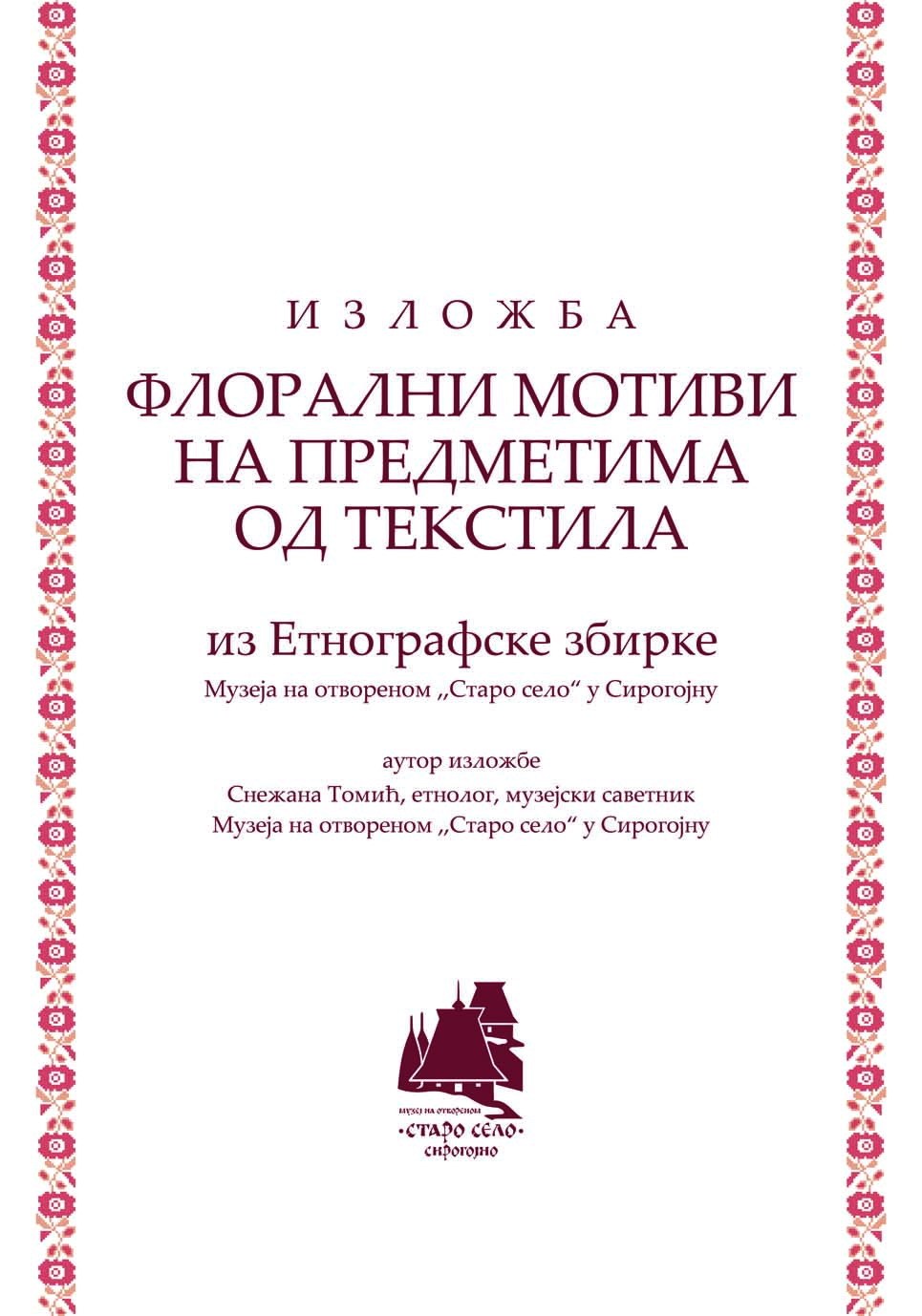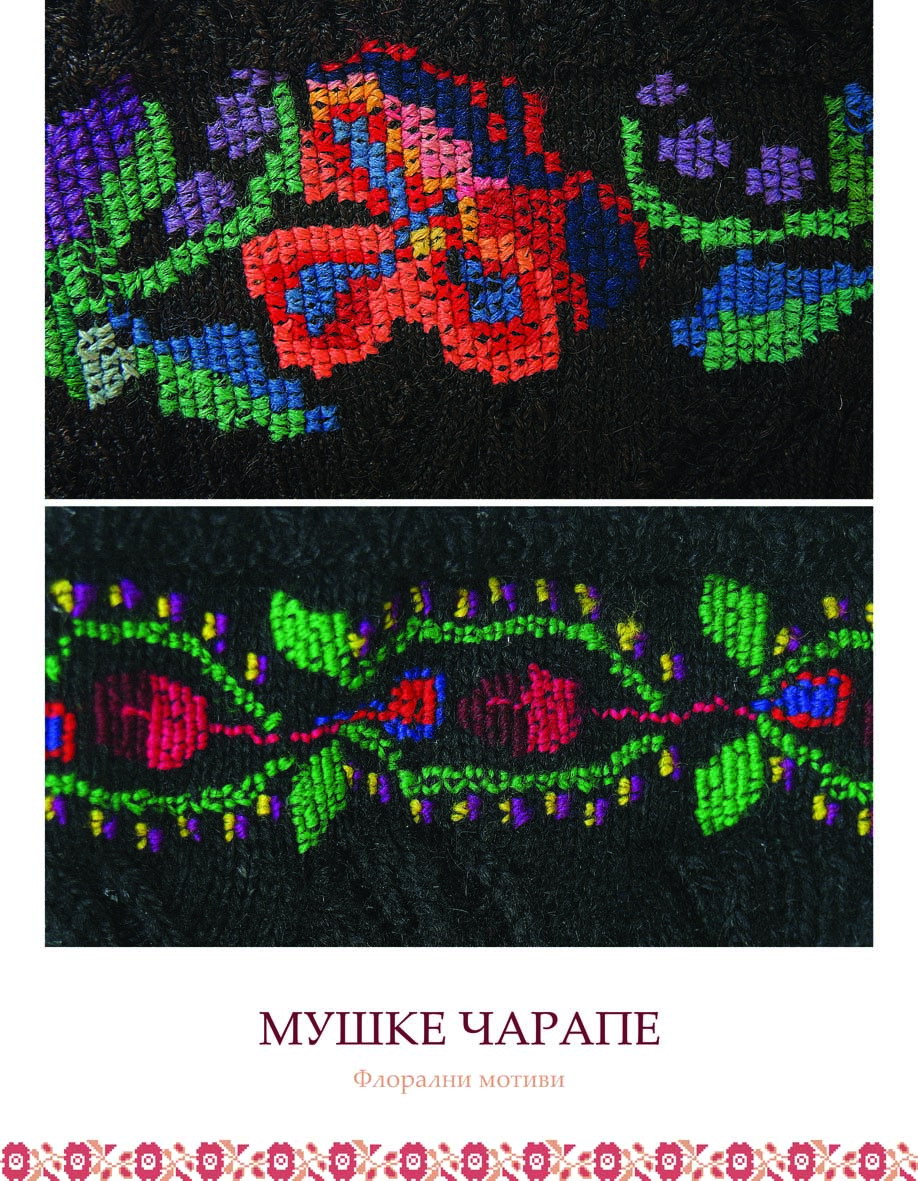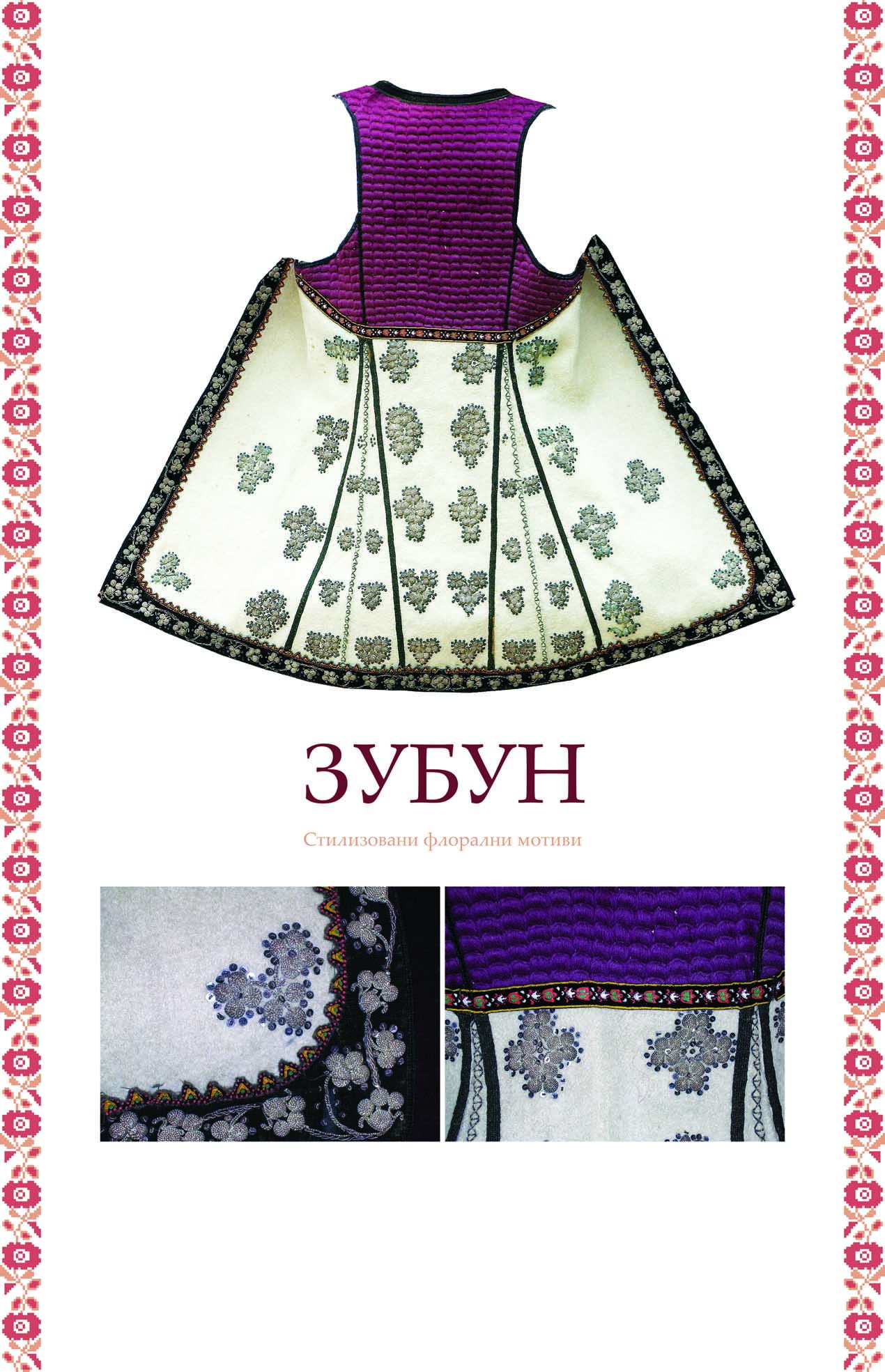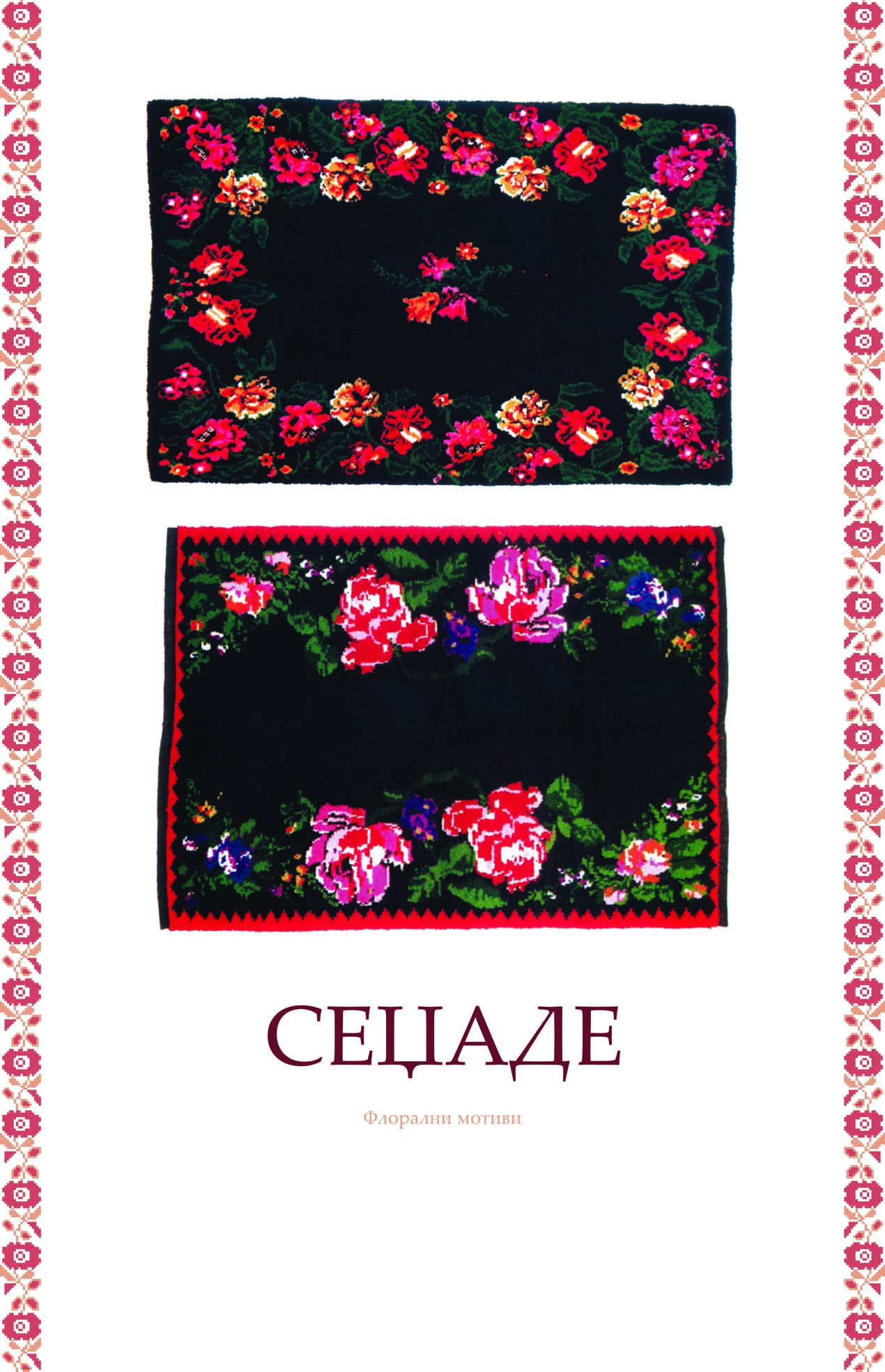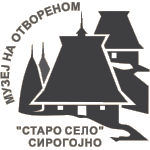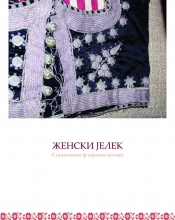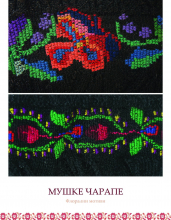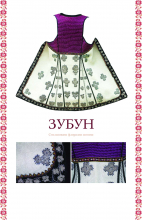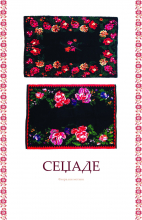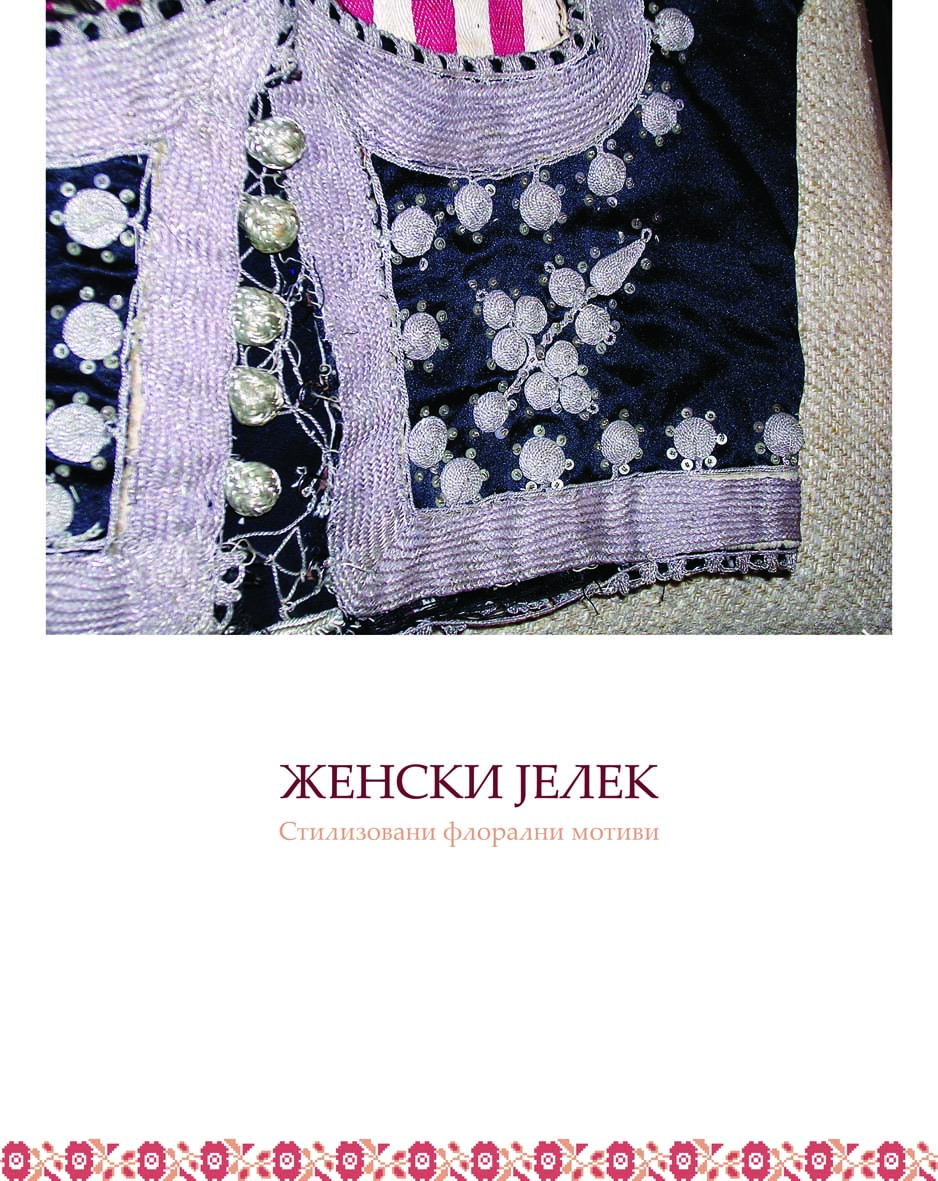The exhibition "Floral motifs on textile items” from the Ethnographic collection of the Open-air Museum "Old Village" in Sirogojno, was organized on the occasion of the annual cycle of customs related to plants, which are celebrated these days- on Midsummer and St Peter's Days.
Floral motifs - world of plants as artistic performance, have been present and applied to all cultures and spheres of life, to the majority of usable objects, architectural and religious facilities, as well as many other items, including those related to cults and customs. Application of floral motifs was conditioned by the way of people’s lives, their economy and relations with nature, cultural heritage and influences of artistic styles. Also, the foundation of Serbian folk art, which is also quite represented by floral motifs, lies in Slovenian tradition and old Balkan heritage.
The textile items of the Ethnographic collection of the Open-air Museum “Old Village” in Sirogojno represent significant collections with these motifs expressed. They consist of pieces handmade from natural materials, wool and hemp, as well as cotton canvas. These items had practical value in the past as parts of furniture or clothing used in everyday life of Zlatibor rural families. The textile furniture collection is represented by rugs, blankets, ihrams, mats, woven wool pillows, sheets, towels, linen embroidered pillowcases. The clothing collection is remarkable for shirts, jackets, coats, zubuns, socks, gloves, belts. The motifs on these textiles are various - from geometric, through combination of geometric, anthropomorphic and floral, to stylized floral and zoomorphic. However, considering diversity and abundance, floral motifs predominate.
The observed household items of popular creativity, beside their basic purposes and aesthetic values that brought pleasure to their creators and users, had confirmation of positive forces, as well. Aesthetics and decoration were achieved by combining fabrics, colours, techniques and motifs. Everything originated from nature. Presentation of floral world could have a certain symbolic significance. In this sense we can say that the world of plants represented a life cycle: birth, maturation, death, transfiguration. There are feasts of plants in all cultures, expressed through different rituals; they reach their peak in the summer solstice and are visible in the annual cycles of many customs, which is also present in our culture and tradition.
Plant life is a symbol of natural growth that takes place in all spheres of life. Herbs are the symbol of everything healing and restorative, they regain health and fertility. A flower is a symbol of love and harmony. It is identified with the symbolism of childhood and, in a certain way, Edenic state - paradise and enjoyment. A flower was considered a developmental model of spontaneous, unaffected art [1].
Therefore it can be said that the folk art appeared randomly and unaffectedly, as an expression of the environmental needs. It is an important part of cultural heritage, and as such, present in contemporary art and culture.
